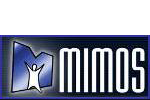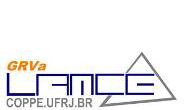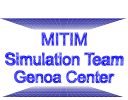IMAACA 2016 Proceeding
Non-uniform finite segment representation and reduction of a cantilever beam model
Authors: L. S. Louca
Abstract
The cantilever beam is a component widely used in numerous engineering systems with its geometric and material properties varying depending on the application. Calculating the dynamic behavior of a cantilever beam is a challenging task since the critical physical phenomena and interactions vary significantly based on the geometry of the beam. There exist a number of theories that can be used to model the transverse motion of a cantilever beam of which one of the most commonly used is the Timoshenko beam theory. The Timoshenko theory is relatively more complex, than other theories used to model transverse motion of beams, however it is frequently used because it gives accurate predictions over a wider range of beam parameters. When a beam is part of a system as an individual component, then the model is developed using a finite segment approach since the beam can be easily connected with other lumped parameters components. In the case of a finite segment representation, it is critical to know the number of segments that the beam is divided into, in order to have accurate predictions of the dynamic behavior. Previous work by the author proposed a systematic procedure for addressing the issues of number of segments and physical phenomena to include in a dynamic model of a cantilever beam. It is the objective of this paper to extent that work by using variable segment length in order to further reduce the complexity of the model. The paper presents a new approach for developing a reduced model of a cantilever beam. The beam is discretized through the finite segment approach, however, the segments do not have the same length across the axis of the beam. More refined division is used at the areas with high dynamical behavior and a coarser division is used elsewhere. The model is developed using the bond graph formulation. The activity metric and the Model Order Reduction Algorithm is then used to determine which physical phenomena (inertial and compliant) need to be included in the model in order to have accurate predictions of the dynamic behavior. An illustrative example is provided to demonstrate the new methodology.
 2016
2016








































